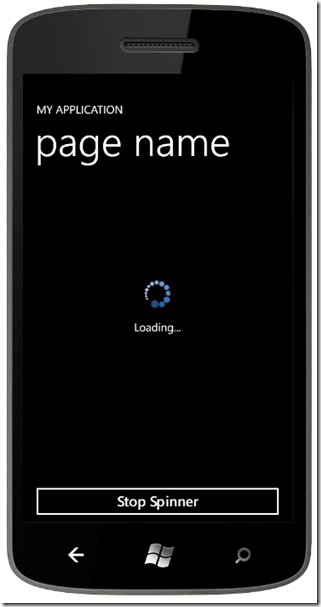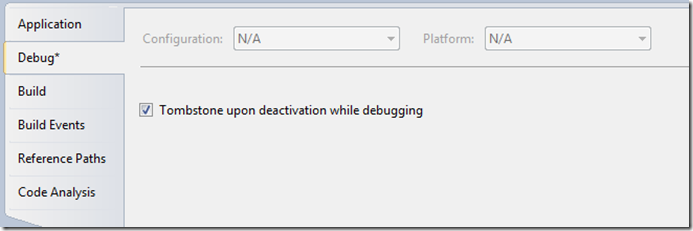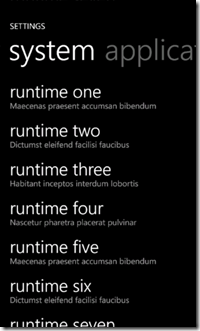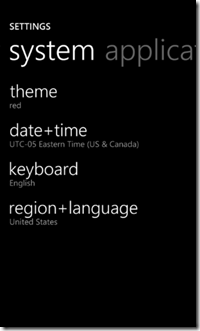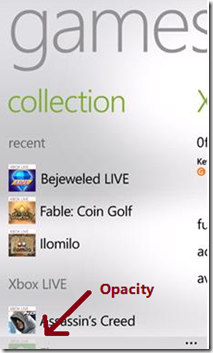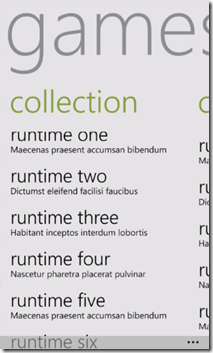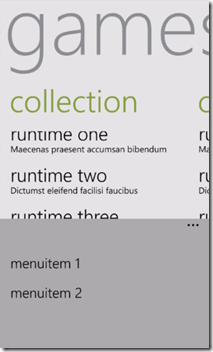Security helper class that encrypt/decrypt settings and files
Even though the Windows Phone platform is more secure than either iOS or Android, it is always good practice to encrypt sensitive data.
I created a small SecurityHelper class that handles the encryption and the decryption of application settings and files.
The usage of the class is easy as:
SecurityHelper.WriteSetting("Username", "Sébastien"); string username = SecurityHelper.ReadSetting("Username");
The complete usage is described in the following sample code (which is also available in the downloadable Sample project below):
using System.Diagnostics; using DotNetApp; namespace SecurityHelperApp { public partial class MainPage { public MainPage() { InitializeComponent(); // Write and read an ApplicationSetting into the IsolatedStorageSettings WriteReadSettingExample(); // Write and read a file with the specified string content WriteReadFileWithStringContentExample(); // Write and read a file in a sub folder with the specified string content WriteReadFileInSubFolderWithStringContentExample(); // Write and read a file with the specified bytes content WriteReadFileWithByteContentExample(); } #region Private Methods private void WriteReadSettingExample() { SecurityHelper.WriteSetting("Username", "Sébastien"); string username = SecurityHelper.ReadSetting("Username"); Debug.Assert(username == "Sébastien"); } private void WriteReadFileWithStringContentExample() { SecurityHelper.WriteFile("File1.txt", "I love Windows Phone"); string content = SecurityHelper.ReadFile("File1.txt"); Debug.Assert(content == "I love Windows Phone"); } private void WriteReadFileInSubFolderWithStringContentExample() { SecurityHelper.WriteFile("Metro/SubFolder/File3.txt", "I love the Metro design"); string content = SecurityHelper.ReadFile("Metro/SubFolder/File3.txt"); Debug.Assert(content == "I love the Metro design"); } private void WriteReadFileWithByteContentExample() { byte[] content = new byte[] {1, 2, 3, 4, 5}; SecurityHelper.WriteFile("File2.txt", content); byte[] readContent; SecurityHelper.ReadFile("File2.txt", out readContent); Debug.Assert(content[0] == readContent[0] && content[1] == readContent[1] && content[2] == readContent[2] && content[3] == readContent[3] && content[4] == readContent[4]); } #endregion } }
Download SecurityHelper
Download Sample project
